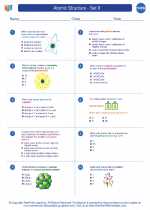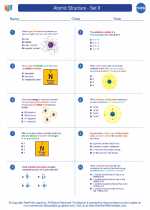Jejunum
The jejunum is the middle part of the small intestine, located between the duodenum and the ileum. It plays a crucial role in the digestion and absorption of nutrients from the food we eat.
Structure of the Jejunum
The jejunum is around 2.5 meters long in adults and is characterized by numerous circular folds called plicae circulares, which increase the surface area available for nutrient absorption. The inner surface of the jejunum is covered with finger-like projections called villi, further increasing the surface area for absorption. Each villus contains a network of blood vessels and a lacteal, a lymphatic capillary, which transport the absorbed nutrients to the rest of the body.
Functions of the Jejunum
The primary function of the jejunum is the absorption of nutrients, including carbohydrates, proteins, fats, vitamins, and minerals. The nutrients are absorbed through the villi and transported into the bloodstream or the lymphatic system for distribution to the body's cells and tissues.
Study Guide for Jejunum
- Anatomy: Understand the location and structure of the jejunum, including its length, plicae circulares, and villi.
- Function: Learn about the role of the jejunum in the digestion and absorption of nutrients, and how its structure facilitates these processes.
- Nutrient Absorption: Study the specific nutrients absorbed in the jejunum and the mechanisms by which they are transported into the bloodstream and lymphatic system.
- Clinical Relevance: Explore how diseases or conditions affecting the jejunum can impact nutrient absorption and overall health.
- Comparison with Other Intestinal Regions: Compare and contrast the jejunum with the duodenum and ileum in terms of structure, function, and nutrient absorption.
◂Chemistry Worksheets and Study Guides High School. Atomic Structure - Set II

 Worksheet/Answer key
Worksheet/Answer key
 Worksheet/Answer key
Worksheet/Answer key
